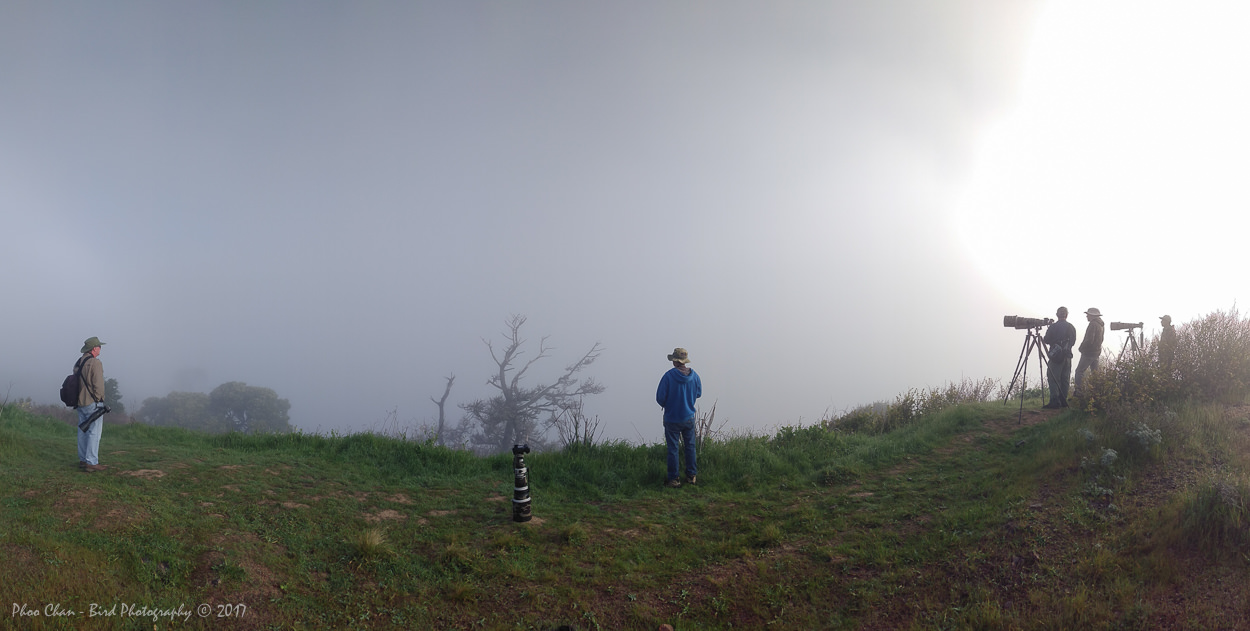The American Kestrel of CHRP
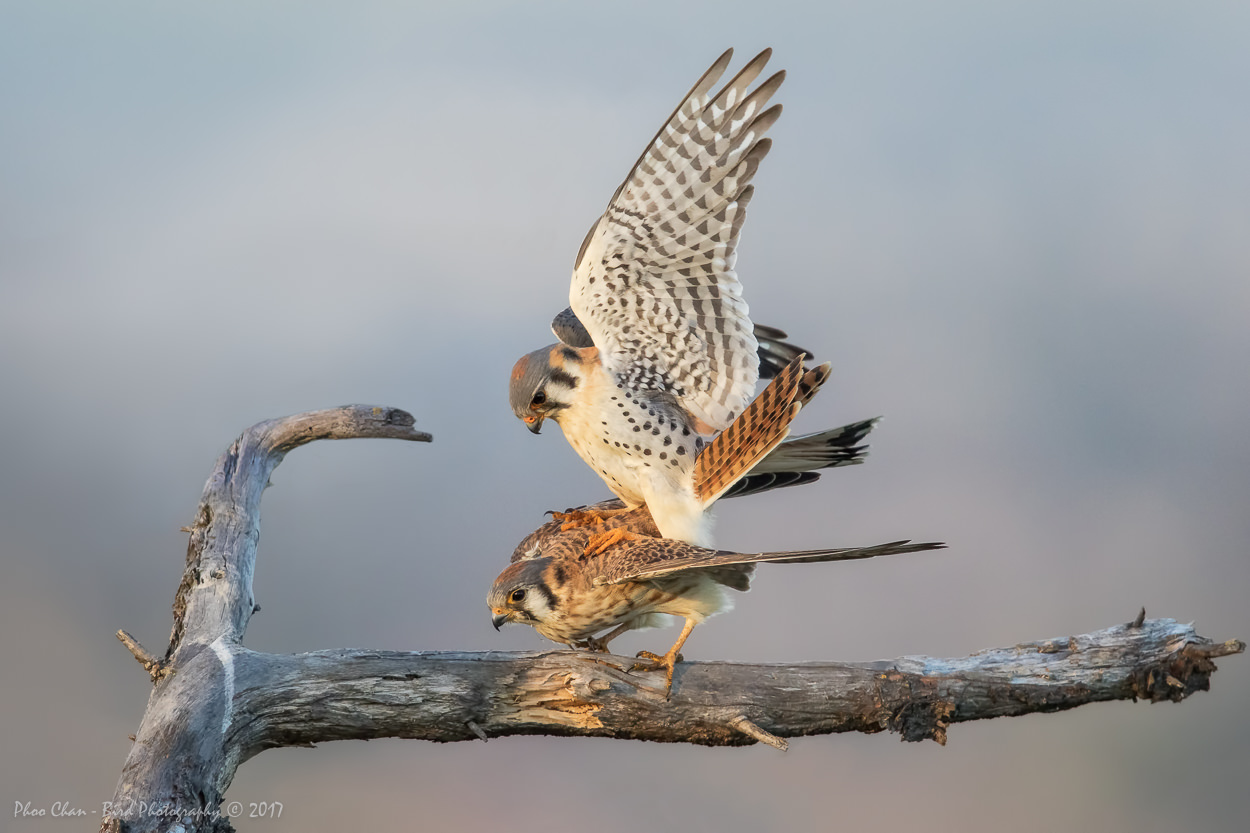


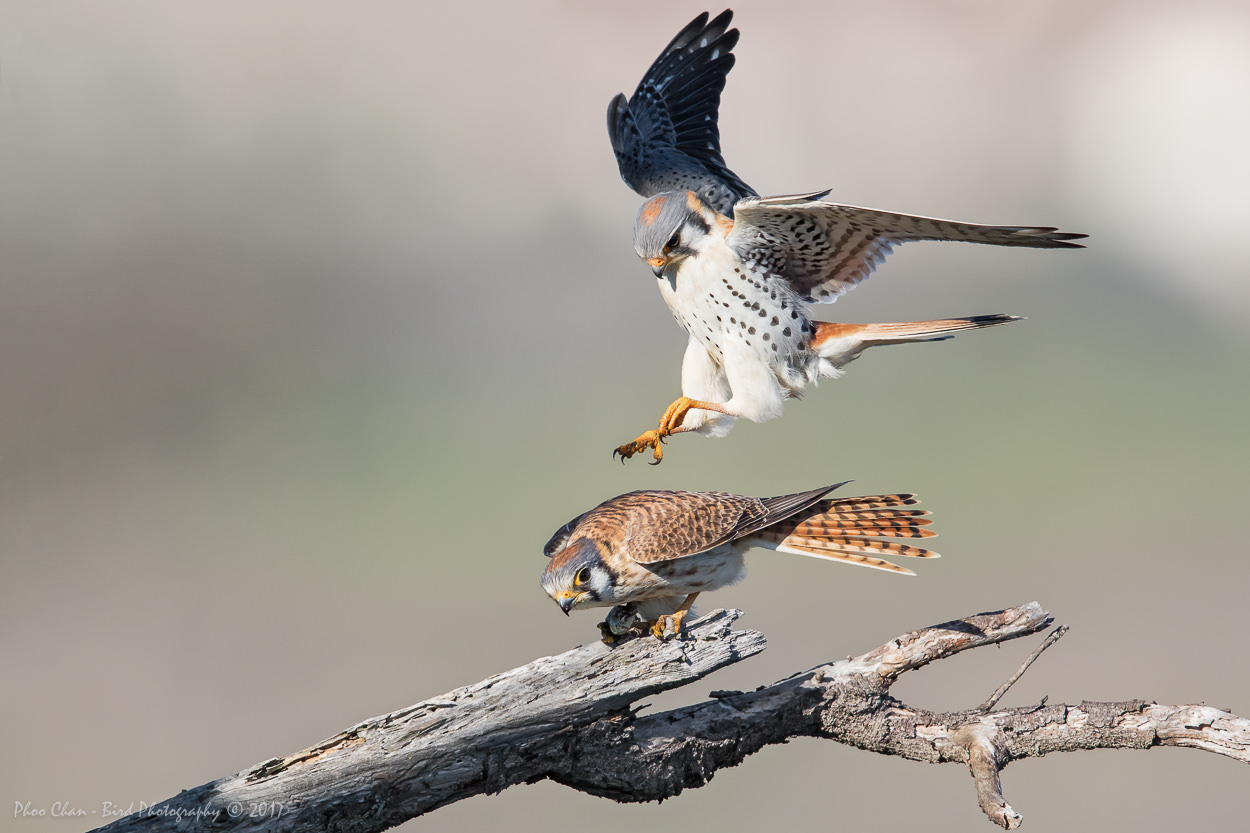
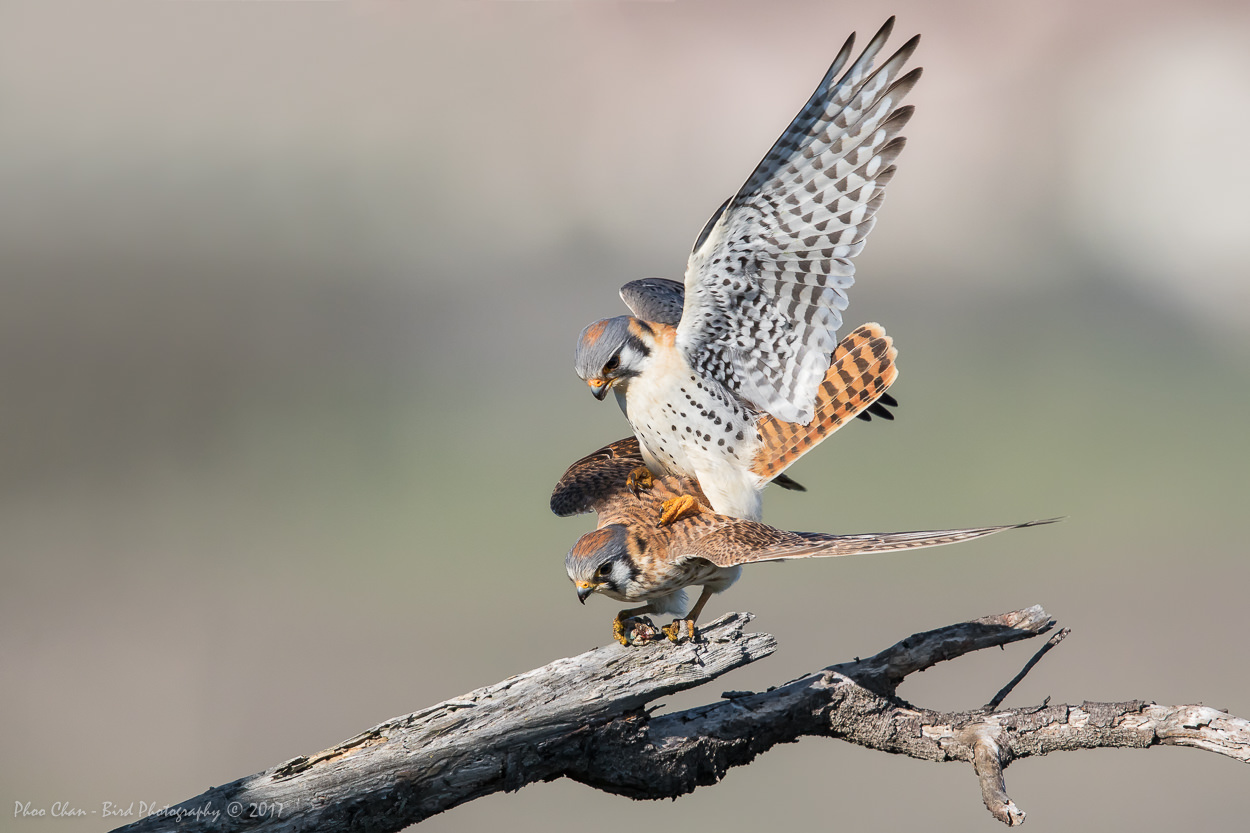
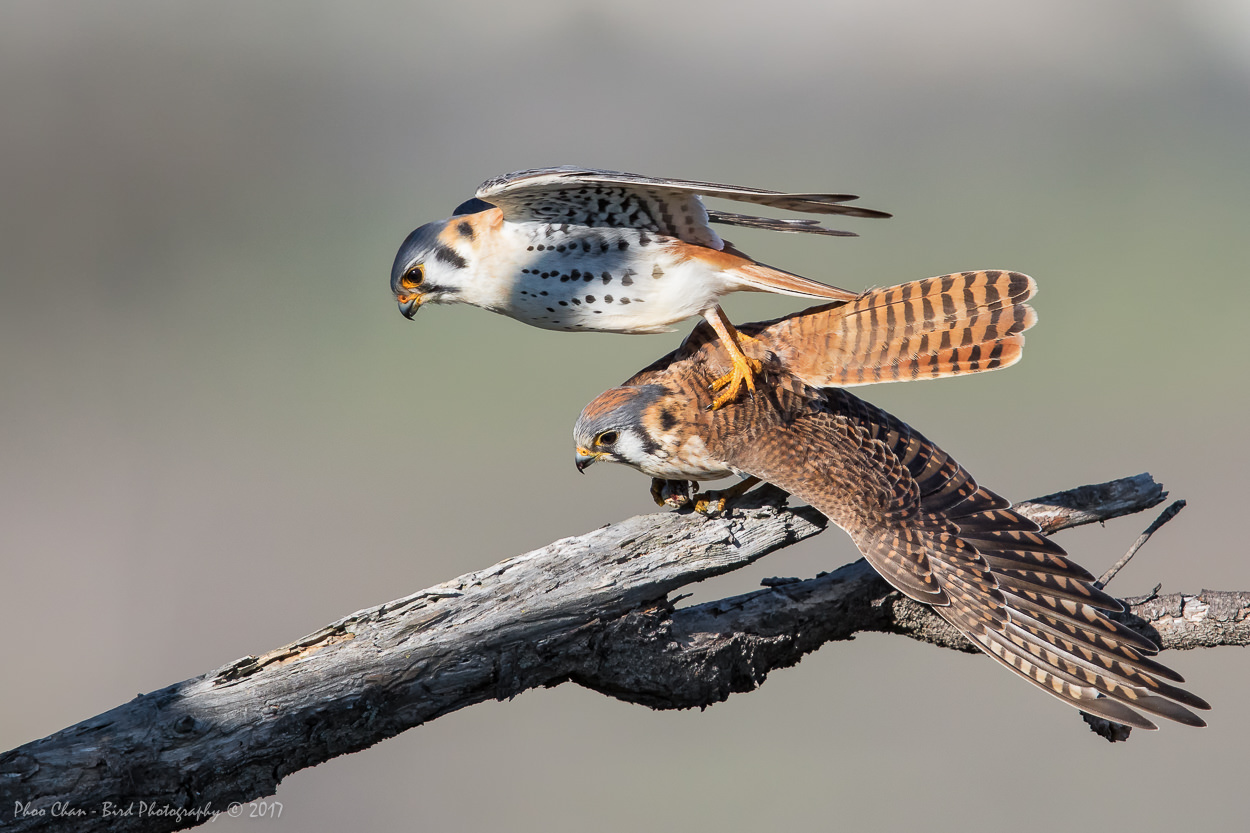
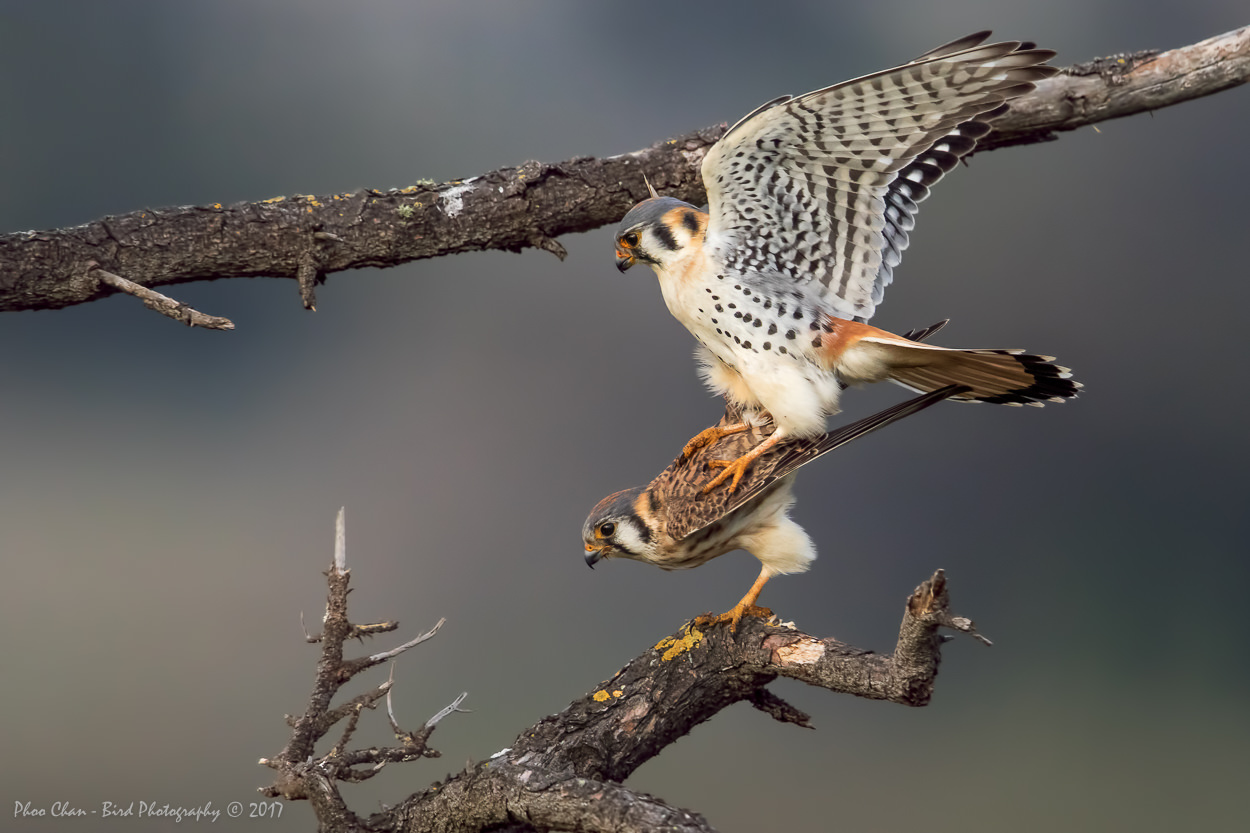
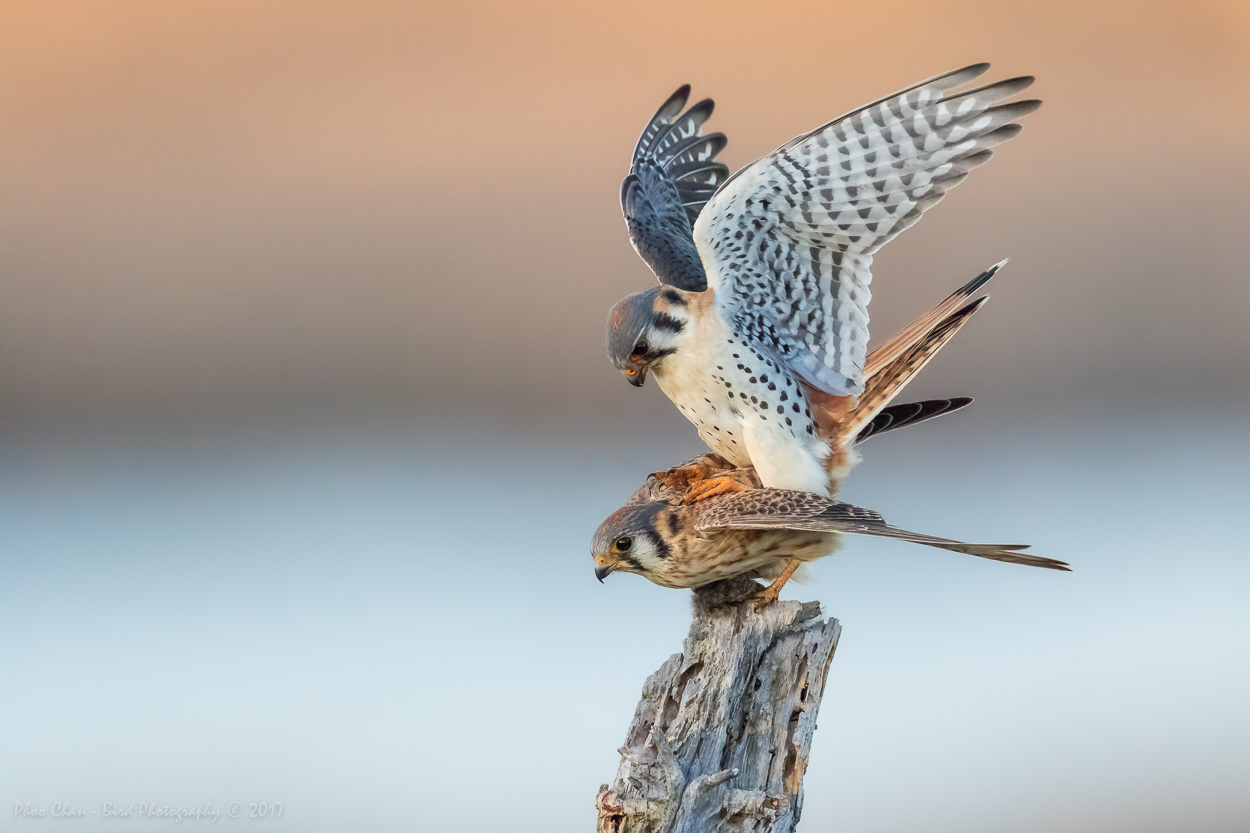
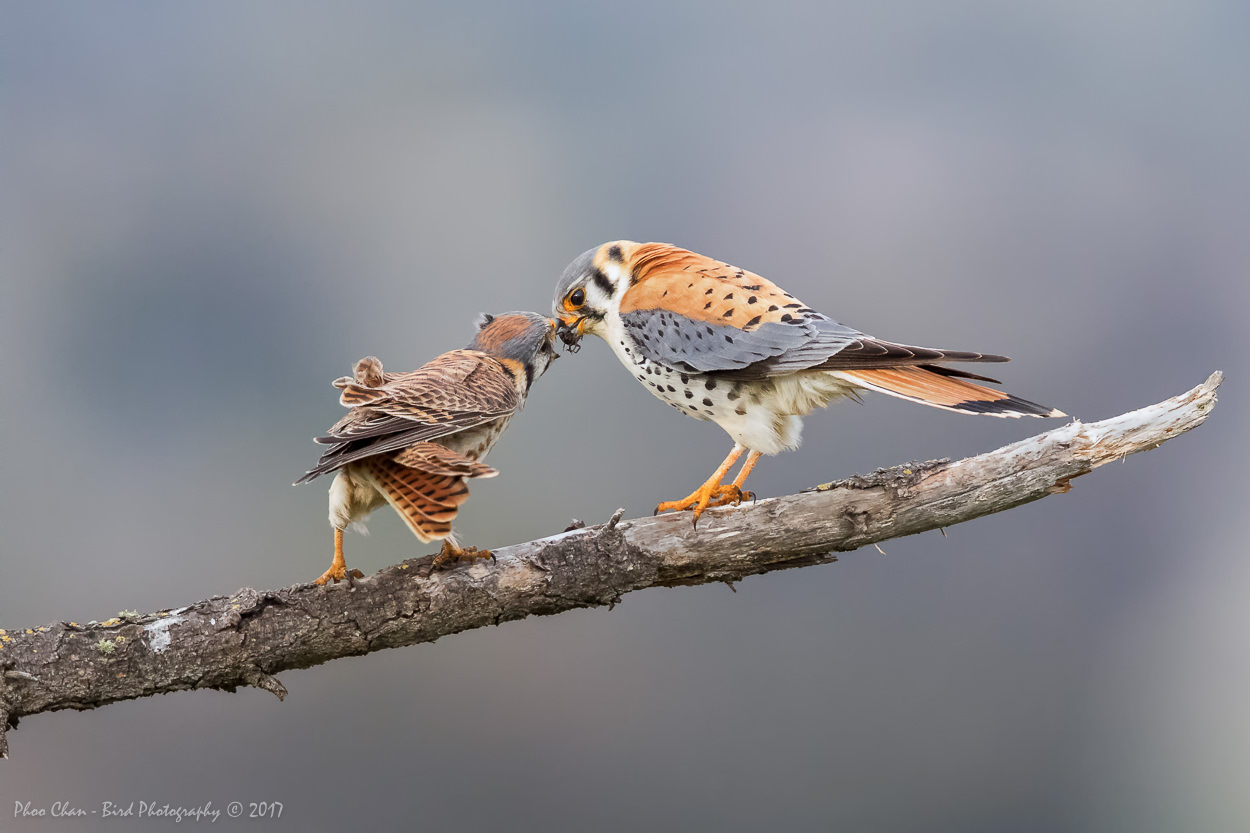



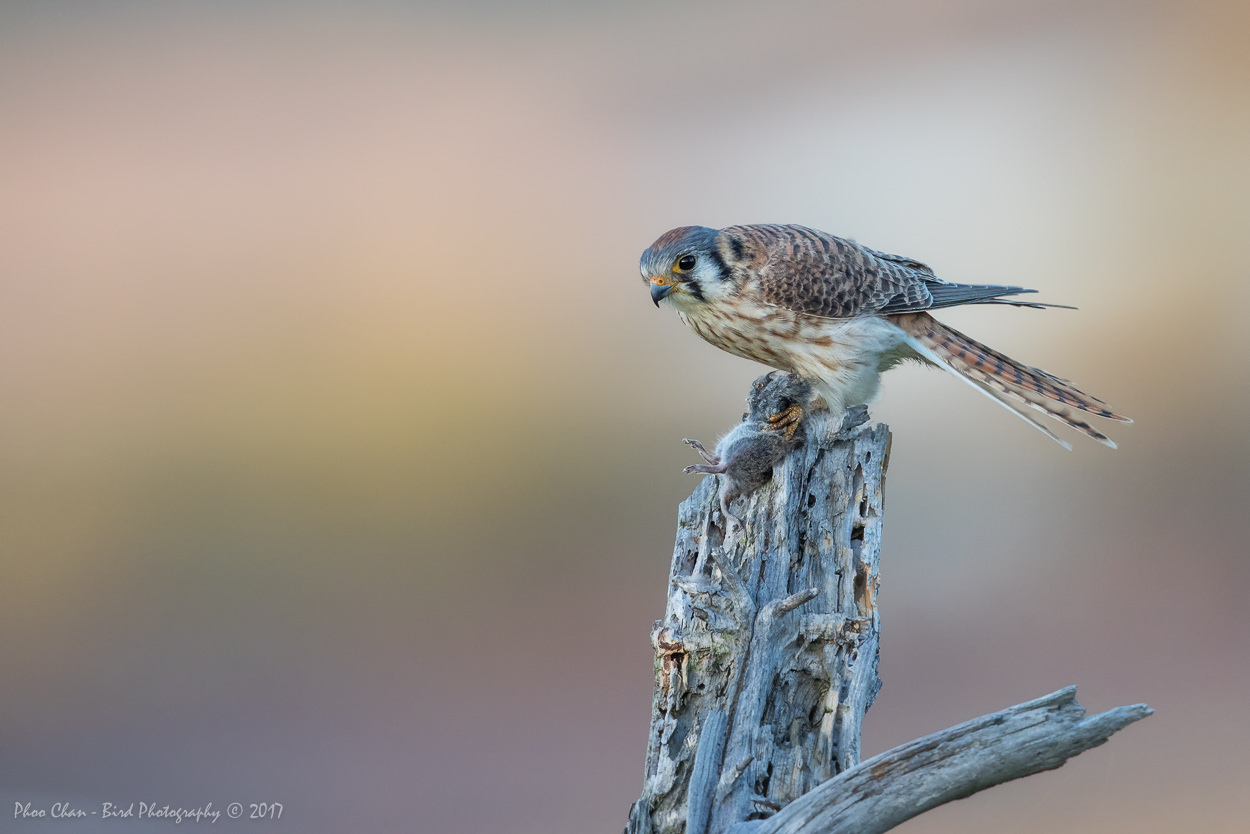
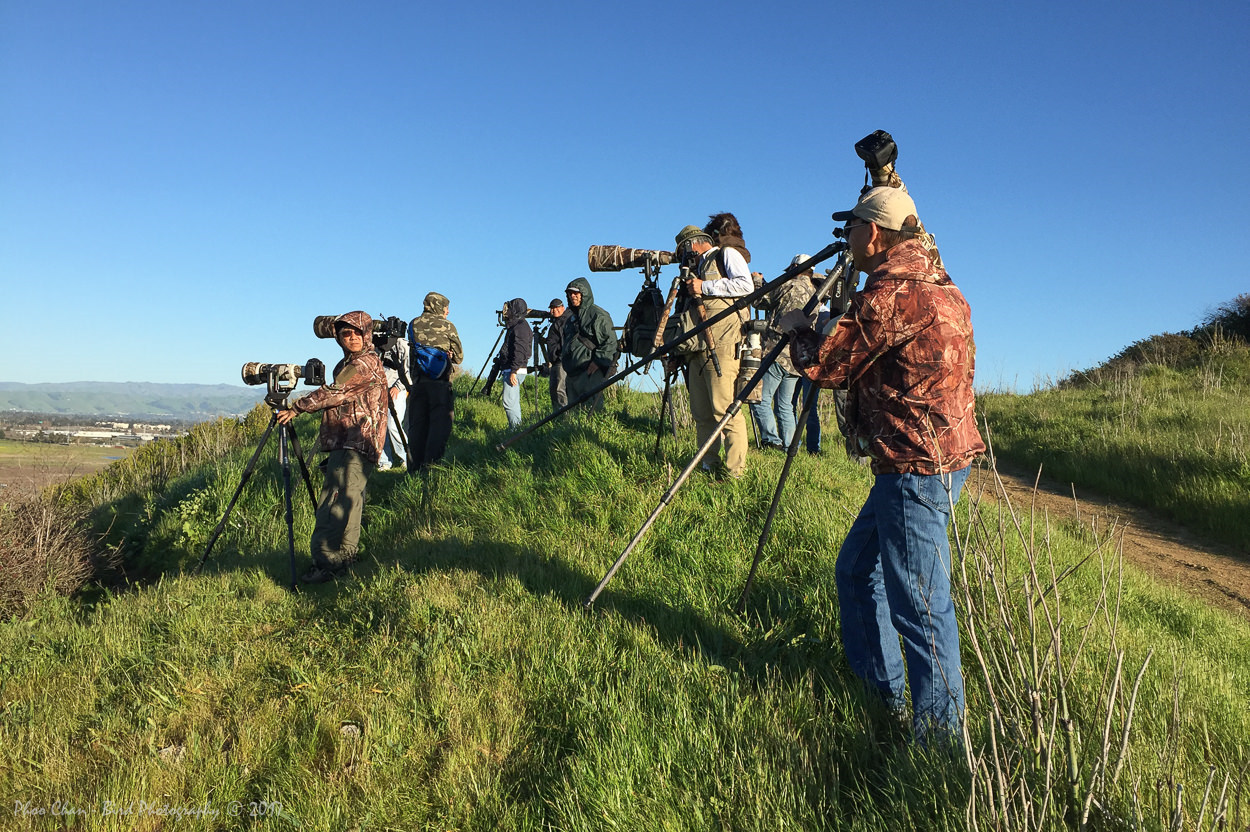
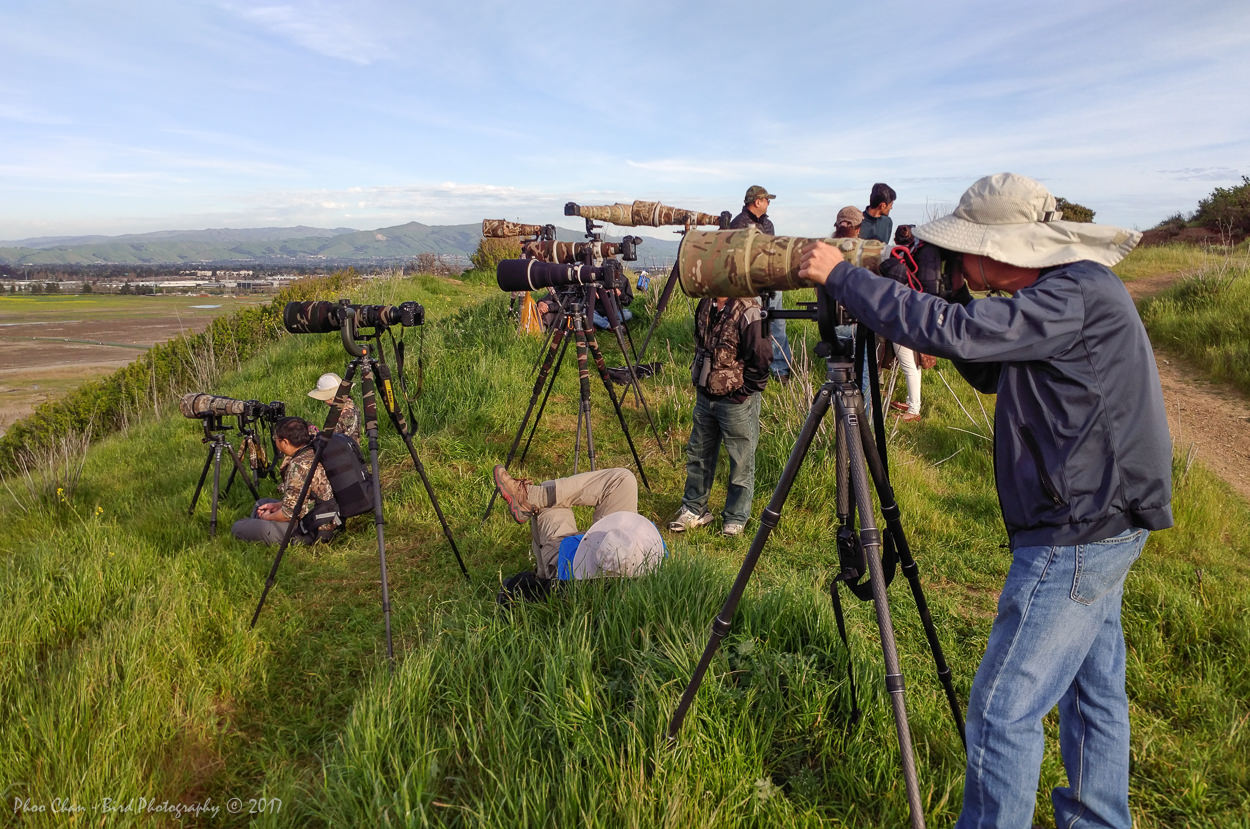


Please click on the above image to view the video clip.
This was my first great opportunity to capture a pair of the American Kestrel nesting in great length over a short period of time at Coyote Hills Regional Park, Fremont since I got into birding photography back in 2011. They are ever so obligingly posing for us with their daily shows that usually start after 5:00PM with fresh caught meals as well as courting and mating. It was unfortunate for me that I can only shoot on weekends – darn work got in the way..

The American Kestrel’s scientific name is Falco Spaverius and it is North America’s littlest falcon; but don’t be fooled by its tiny size – it is as ferocious as other raptors hunting for insects and small prey. It is one of the most colorful of all raptors: the male’s slate-blue head and wings contrast elegantly with his rusty-red back and tail; the female has the same warm reddish tone on her wings, back, and tail.
They are usually found perching on wires or poles, but we were very fortunate to have a dead pine tree along the Muskrat trail that not only provides natural photogenic branches but also at the same time we get to choose our background against acres of the vast marshland with creamy and colorful backdrops of your choice. You can even use the reflections from the residential housing right across of the marsh to create a subtle halo like shown in below shot.
The peak of the mating activities was reported to have started on Friday, March 10 and I was told it usually continues for the whole week before the female lays her eggs. Few weeks before that we saw the pair was going back and forth into a small hole/cavity next to the dead tree as if looking for a new place to start their nesting.
They were rather skittish and easily spooked by any movements back then, so not many of us have had good opportunities to get a closer shot especially where there were more than one photographer at any one time until now. They are still skittish but just not as before.
The cavity was situated on an old stomp next to the dead tree and it was very low reachable by human hand standing from the ground. This really raised a concern that the ranger ought to place a yellow line to prevent anyone from getting to close and destroy the nesting.
This is more apparent lately especially for those with shorter lenses to get closer to the cavity hoping to get a better shot. Some may not realize that they are invading the pair’s comfort zone by getting too close. This is worse when they already have chicks in the cavity because the invasion would cause them to abandon their nest, starving the chicks to death which is not something new.
There are those photographers that would do anything for the sake of awesome shots. Some went to the extent of covering the cavity until both male and female come back with preys so that they can come back with preys so that they can take the whole family into a frame.
This behavior not only destroys the nesting but gives the rest of bird photographers bad name. This is when birding etiquette awareness is so important to make sure that everyone let the nature take its course without interfering with their eco-system.
So I digressed, now back to our Kestrel. The male would bring back its fresh caught meal to his soulmate and they would mate right after
that. It could be as many as five times in a span of two hours that they mate before the sun goes out and we have to leave the park or get stuck inside when the park’s gate is closed.
The prey ranges from a small spider, a lizard, to a big vole, and if we’re luck we get not only the mating shot but also with a prey in the female’s beak at the same time. Everyday we were hoping that the male would get something different like a green snake that would wrap around one of the legs but that
would be wishful thinking.
Many photographers have gotten their share of the mating couple and few of them even got very some unique poses of the mating and food in beak at the same time.
However, on the other flip of the coin, the Kestrel had also contributed to an unfortunate event that had caused our photographer friend, Thy Bun to break his leg and undergo six hours of surgery when he took a fall after stepping on loose gravels on that black Wednesday the 15th. Wish him a speedy recovery and back to the field soon. However, despite the mishap and the presence of the paramedic, the show went on that day and some photographers even got home with awesome shots.
















